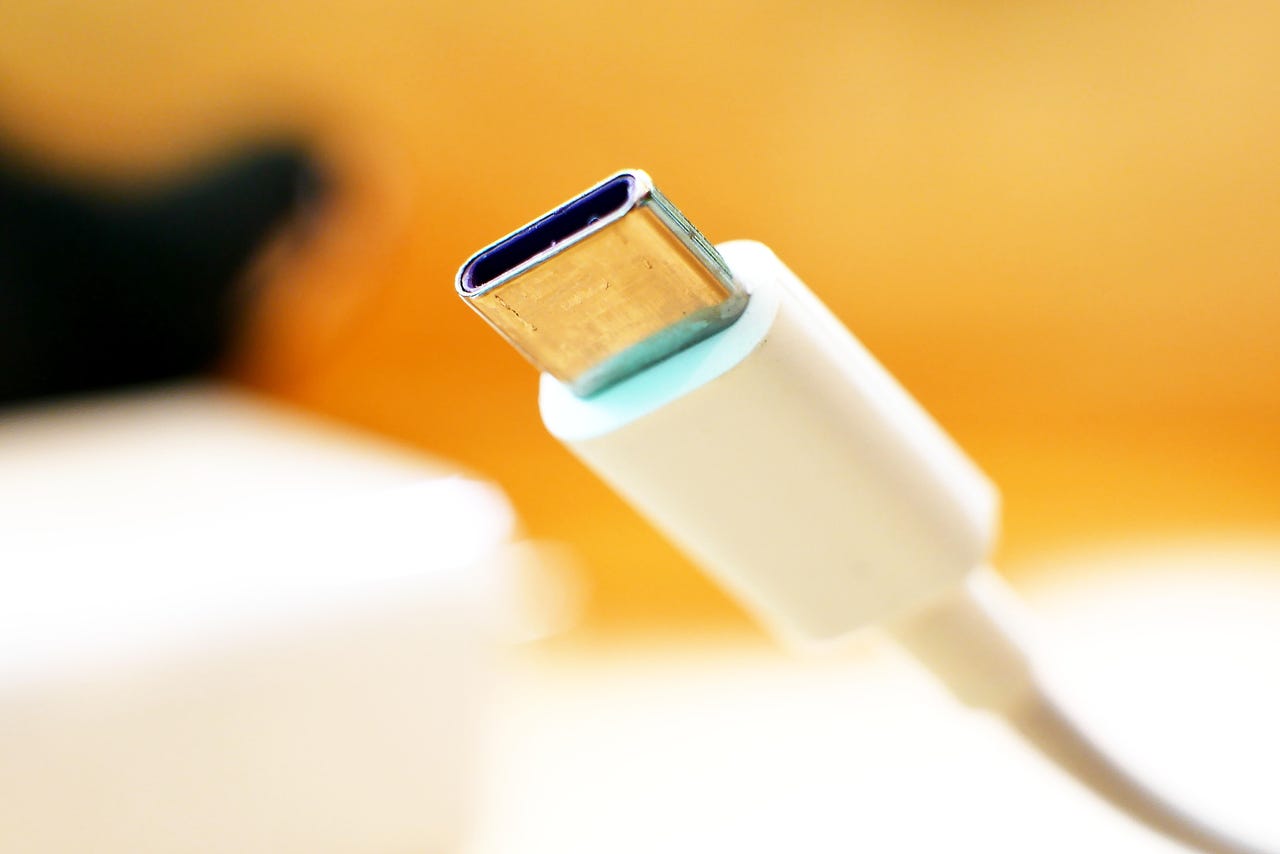USB-C is getting a major speed boost with USB 4


The USB Implementers Forum (USB-IF) has released an update to USB4 Version 2.0 specification that could see 80Gbps data transfers over USB Type-C cables and connectors.
The USB4 specification offers twice the bandwidth of USB 3.2 and quadruple the bandwidth of USB 2.0. When it's available, it will mean faster data transfers between laptops and connected displays, storage devices and USB-based hubs and docks. USB-IF has also updated Type-C and USB Power Delivery specifications to support USB4 speeds.
Innovation
As noted by CNET, the 80Gbps speed of USB 4v2 is bidirectional, so it travels to or from connected peripherals. USB 4v2 can also split its data capacity differently, for example by offering 120Gbps of capacity out to peripherals and 40Gbps back in. This is useful for gamers and content creators with high-performance displays.
Also: The 10 best Windows laptops: Top notebooks, 2-in-1s, and ultraportables
"For engineers, USB4 is defined by its multi-protocol tunneling that architecturally differentiates it from its predecessors – USB 3.2 and USB 2.0," said Brad Saunders, USB-IF board chair and CEO in a statement.
"This updated technical specification extends USB4 speed and data protocol performance, enabling manufacturers to develop products that can deliver USB 80Gbps in addition to existing USB 40Gbps and USB 20Gbps to end users."
USB-IF told CNET it will take 12 to 18 months before USB 4v2 solutions are available to consumers. The higher capacity could also help when plugging in multiple devices to docking stations and hubs with several USB-C ports.
Also, this week, Apple unveiled its new entry-level $449 10th generation iPad, which it equipped with USB-C, bringing it in line with its existing lineup.
Intel, meanwhile, showed off an early prototype of the next-generation Thunderbolt in line with USB 4v2, so it too can deliver 80Gbps bi-directional bandwidth and enable up to 120Gbps for displays. Those speeds are much faster than Thunderbolt 4. And like USB 4v2, the next-gen Thunderbolt will also support DisplayPort 2.1 and double PCI Express data throughput for connected storage and external graphics.